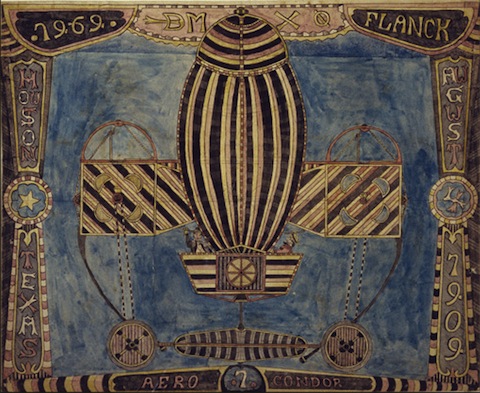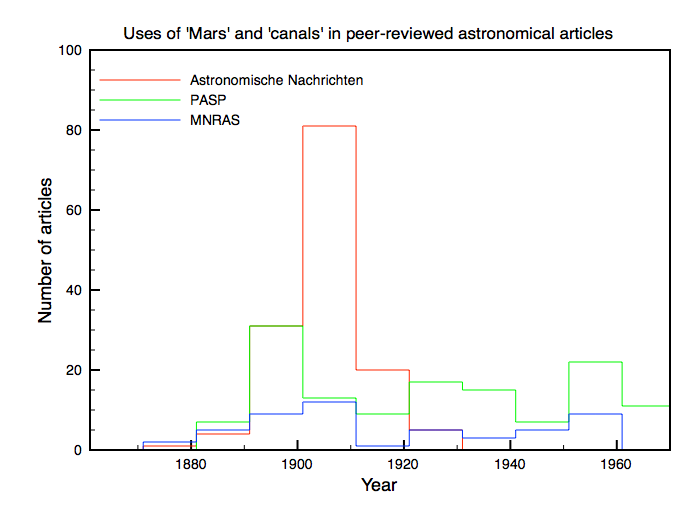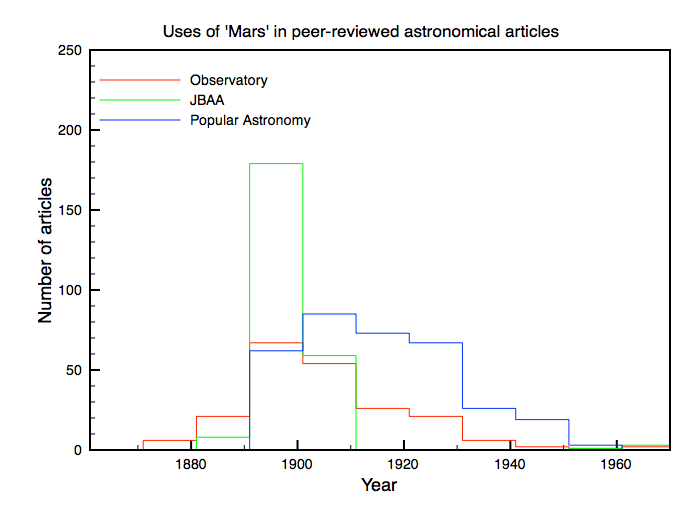Rhyme nor reason
After outlining the Anglo-German naval rivalry and the tariff reform debate, Alfred Gollin, one of the few historians to discuss the subject in any depth, has this to say about the origins of the 1909 phantom airship scare: This was the intense condition of Britain affairs when the Prime Minister, H. H. Asquith, made his […]





